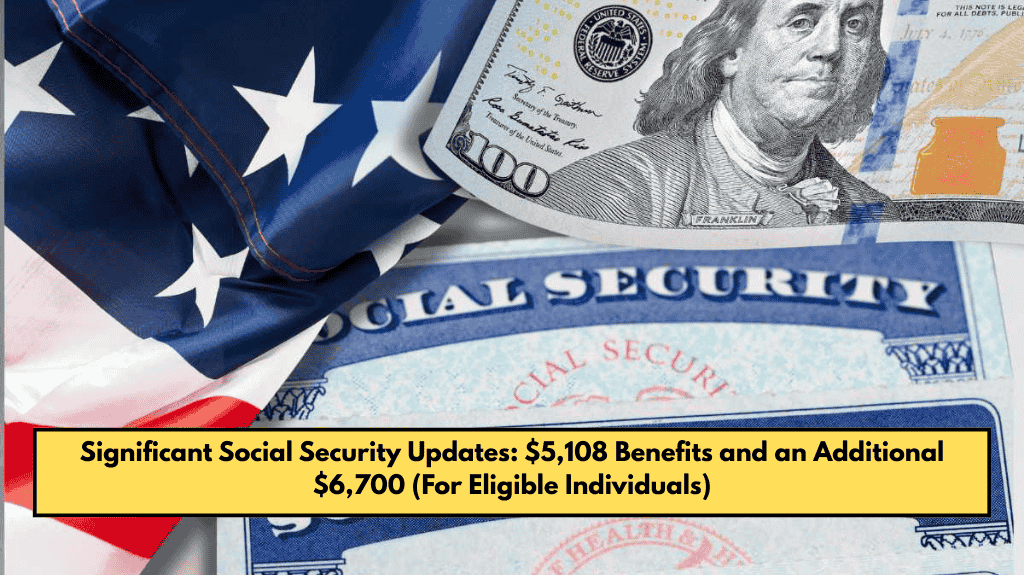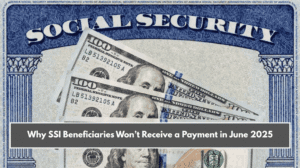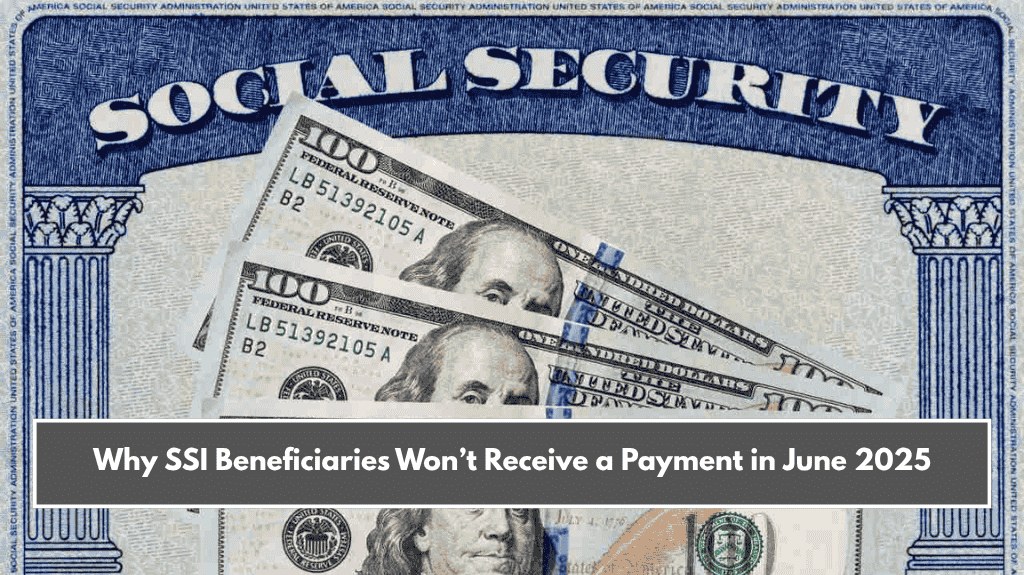The Social Security Administration (SSA) has confirmed the payment schedule for beneficiaries in April 2025. The new updates apply to the second group of beneficiaries who started receiving their payments after May 1997.
Payments are made on specific Wednesdays each month based on the beneficiary’s birthdate, and this schedule ensures that everyone gets their benefits on time. Let’s dive into the details of these payments, including the amounts and important changes that could affect Social Security recipients.
Social Security Payment Schedule for April 2025
For those who began receiving their Social Security benefits after May 1997, payments are distributed on the second, third, and fourth Wednesdays of the month.
- Second Wednesday (April 9, 2025): Beneficiaries with birthdays between the 1st and 10th of the month received their payment.
- Third Wednesday (April 16, 2025): Those with birthdays between the 11th and 20th will receive their payments.
- Fourth Wednesday (April 23, 2025): Payments for those with birthdays between the 21st and 31st will be issued.
Who Receives Social Security Payments on April 16, 2025?
The April 16 payment will include not only retirement benefits but also disability benefits (SSDI) and survivorship benefits. To qualify for retirement benefits, you need at least 40 work credits (roughly 10 years of work). The amount you receive depends on your income history and the age at which you begin claiming benefits.
- Disability benefits (SSDI) are for individuals who have a medical condition preventing them from working for at least one year or that leads to death.
- Survivors include spouses, children, or dependent parents of a deceased worker who was eligible for Social Security.
It’s important to note that when SSDI recipients reach full retirement age, their disability benefits automatically convert to retirement benefits.
Social Security Payments in April 2025: Average and Maximum Amounts
- The average Social Security retirement benefit in 2025 is $1,976 per month, reflecting a 2.5% increase from $1,927 in 2024.
- For couples, the combined average is $3,089 per month.
These values are calculated based on the Average Indexed Monthly Earnings (AIME), which takes into account your highest earnings over a 35-year period. If you have contributed a high income for at least 35 years, you may qualify for payments close to the maximum amount.

Here are the maximum benefits for 2025:
- Retiring at age 62: The maximum benefit is $2,831 per month, which is approximately 70% of what you would receive at full retirement age.
- Full retirement age (around 66 to 67 years): The maximum benefit increases to $4,018 per month.
- Delaying retirement until age 70: The benefit can rise to $5,108 per month due to an 8% increase for each additional year worked after reaching full retirement age.
These maximum figures apply to individuals who earned close to the Social Security taxable limit, which is $176,100 for 2025.
Supplemental Security Income (SSI) for 2025
The SSI program, which assists individuals with low income and limited resources, will provide:
- $967 per month for individuals.
- $1,450 per month for couples.
Unlike regular Social Security benefits, SSI is based on economic need, not employment history.
Working While Receiving Social Security Benefits
If you’re still working while receiving Social Security benefits, your payments may be reduced if your annual earnings exceed $23,400 (for people under age 67). However, for those reaching full retirement age, the threshold increases to $62,160. Once you reach full retirement age, there are no earnings limits, and your benefit amount will not be reduced.
Social Security Fairness Act and New Payment Increases
In January 2025, the Social Security Fairness Act was passed, marking a major shift for thousands of public sector workers. Many teachers, firefighters, federal employees, and others who had been affected by Windfall Elimination Provision (WEP) and Government Pension Offset (GPO) provisions will now receive higher benefits.
- These provisions had previously reduced benefits for individuals with pensions outside of the traditional Social Security system.
- With the new legislation, more than $7.5 billion was retroactively distributed, benefiting over 1 million people.
- On average, affected retirees received an extra $6,700 in early 2025.
- From April 2025 onwards, permanent increases are being reflected, with retirees seeing an extra $360 per month, spouses receiving $700, and widows $1,190 more.
However, the SSA has warned that some adjustments could face delays due to staff cuts and ongoing restructuring within the agency.
Social Security payments in April 2025 follow a structured schedule, with important updates to retirement, disability, and survivorship benefits. The average retirement payment is set to increase in 2025, and SSI provides assistance to those in financial need.
Additionally, the passing of the Social Security Fairness Act offers significant improvements for public sector workers who were previously impacted by the WEP and GPO provisions. If you are affected by these changes, it’s important to stay informed and ensure your payments are processed correctly.















